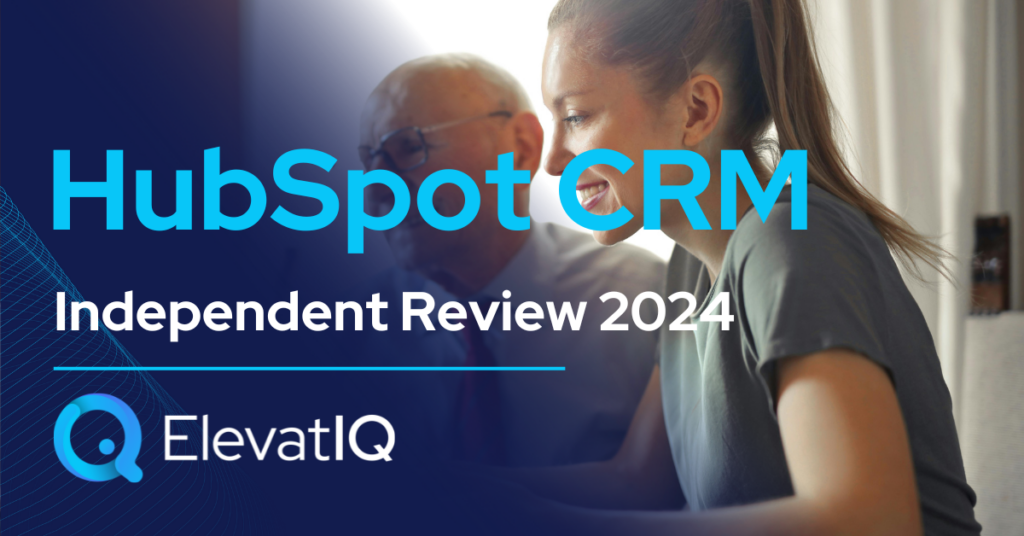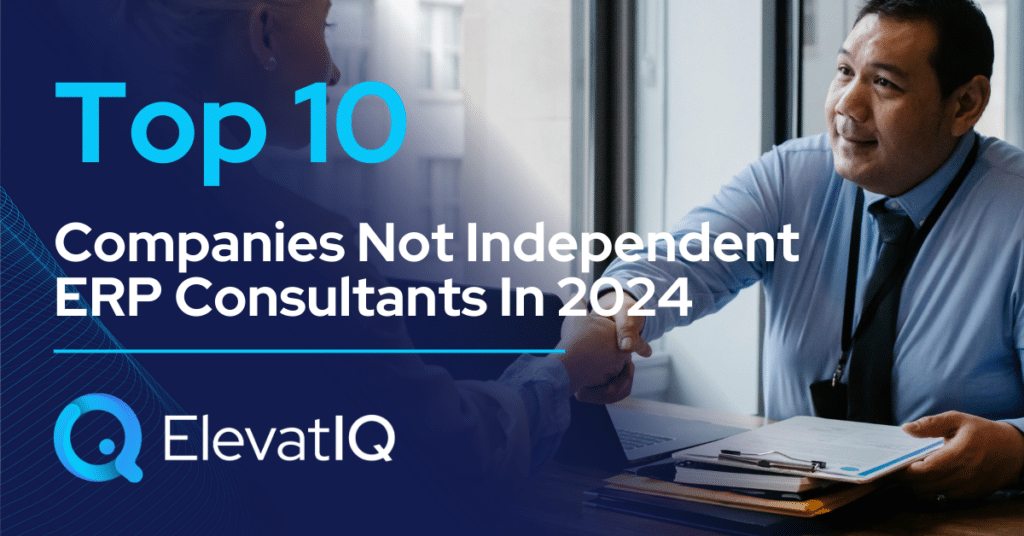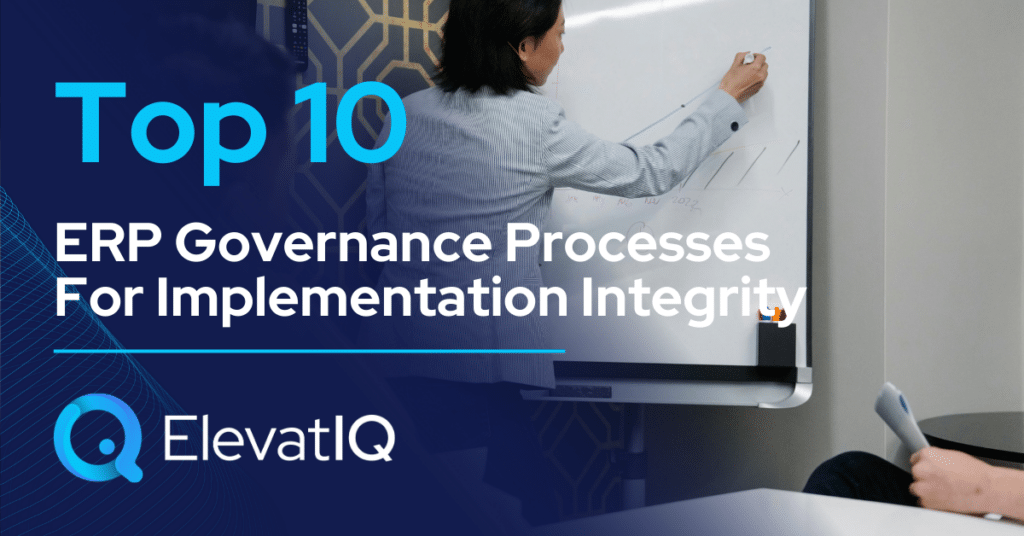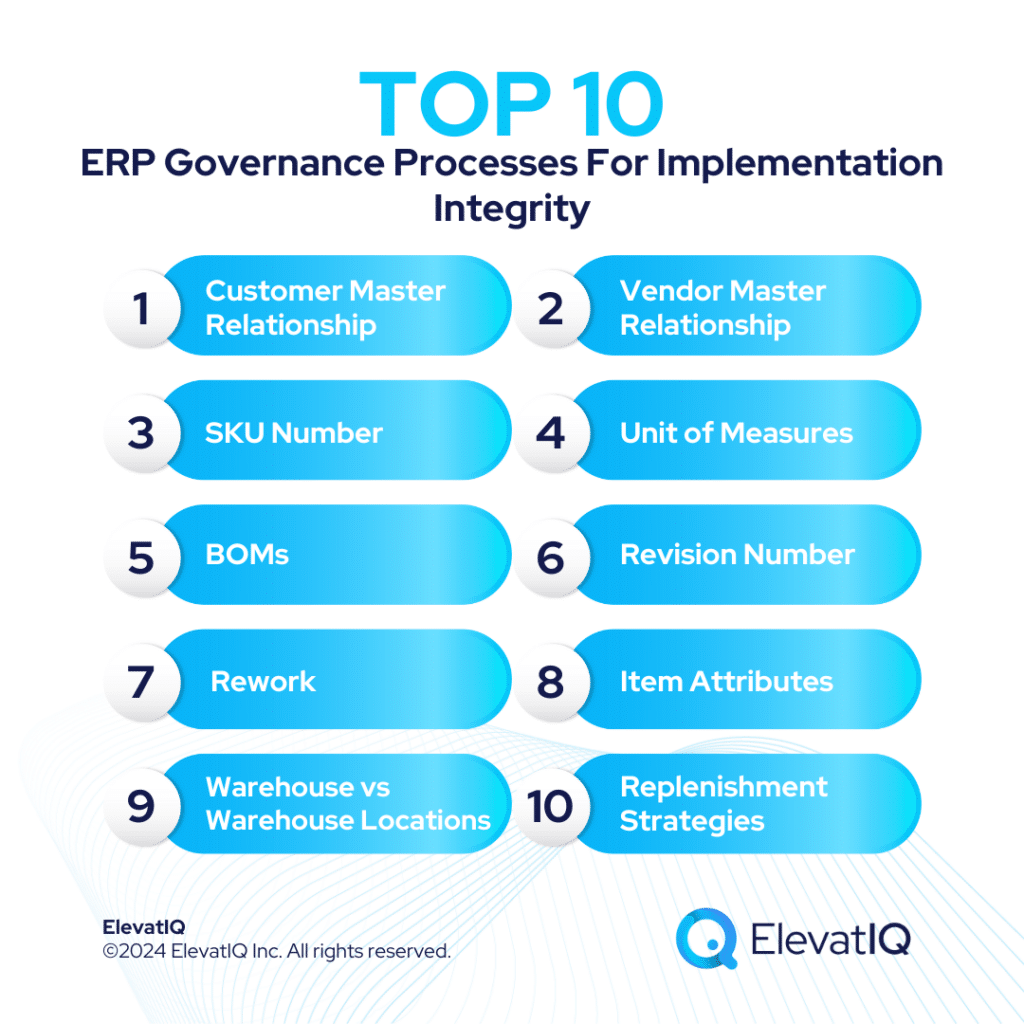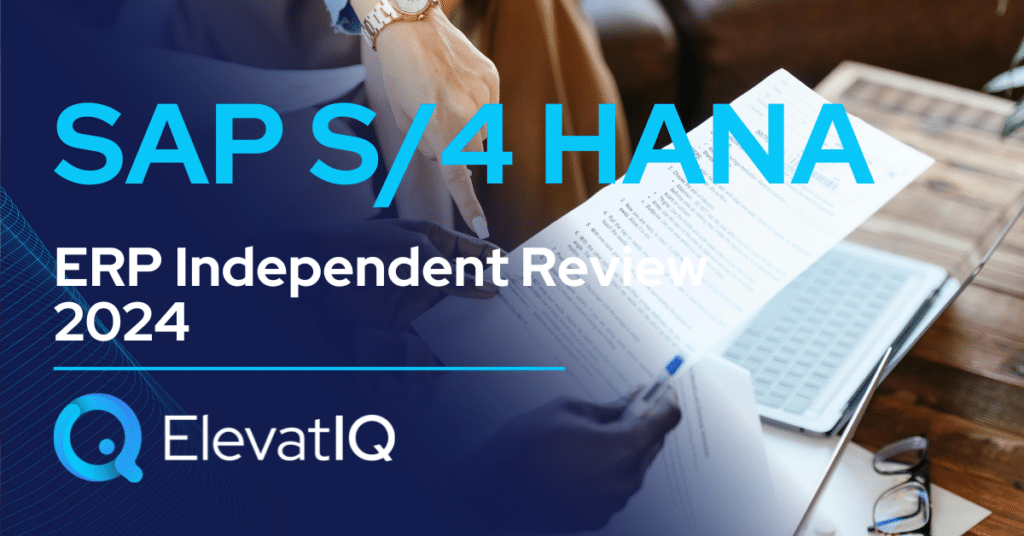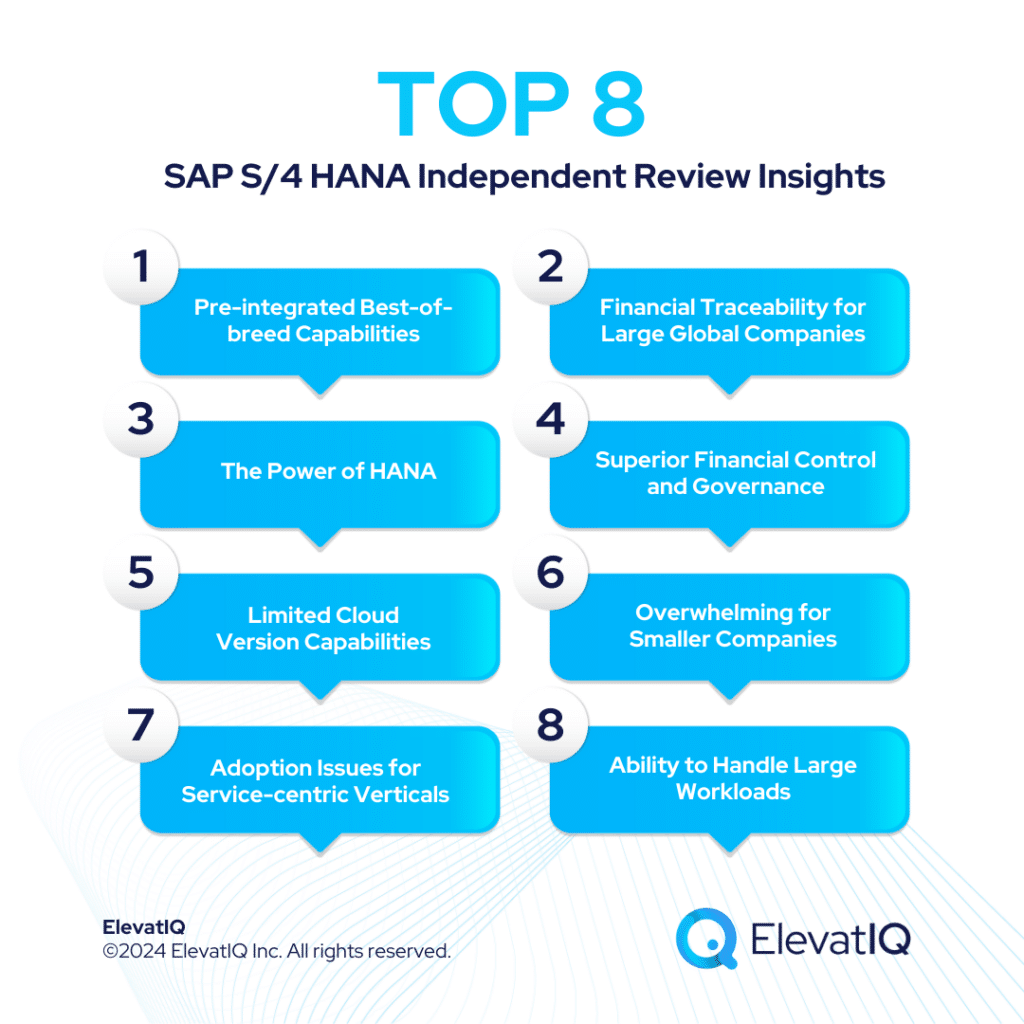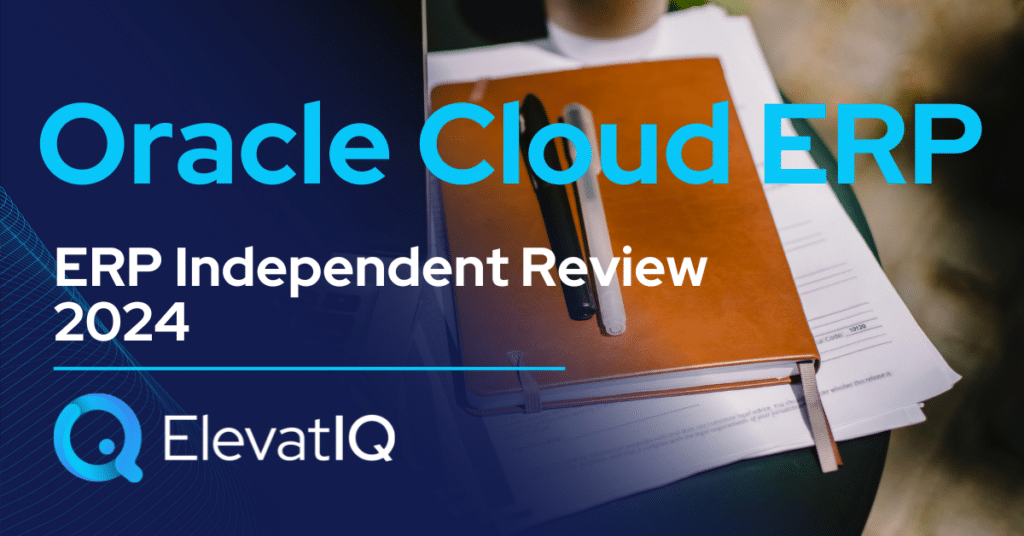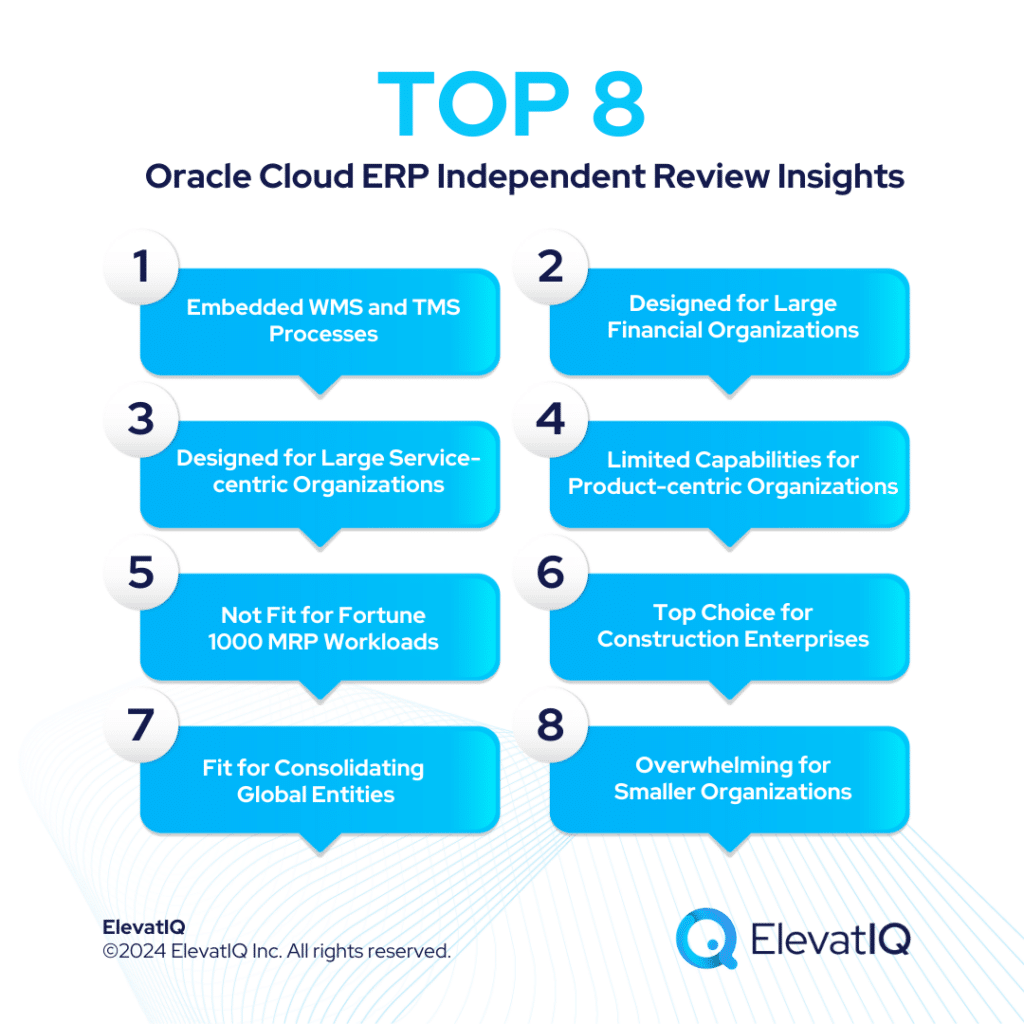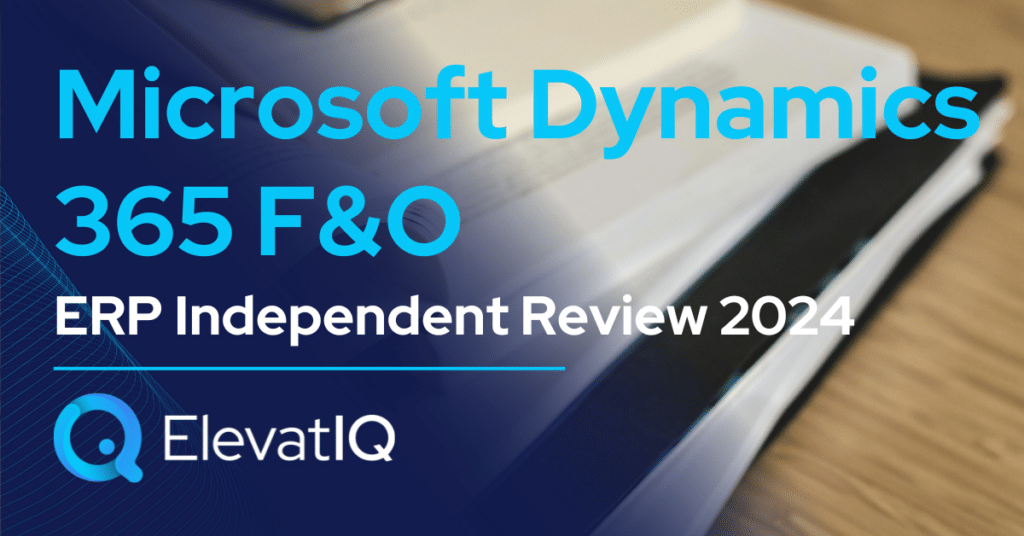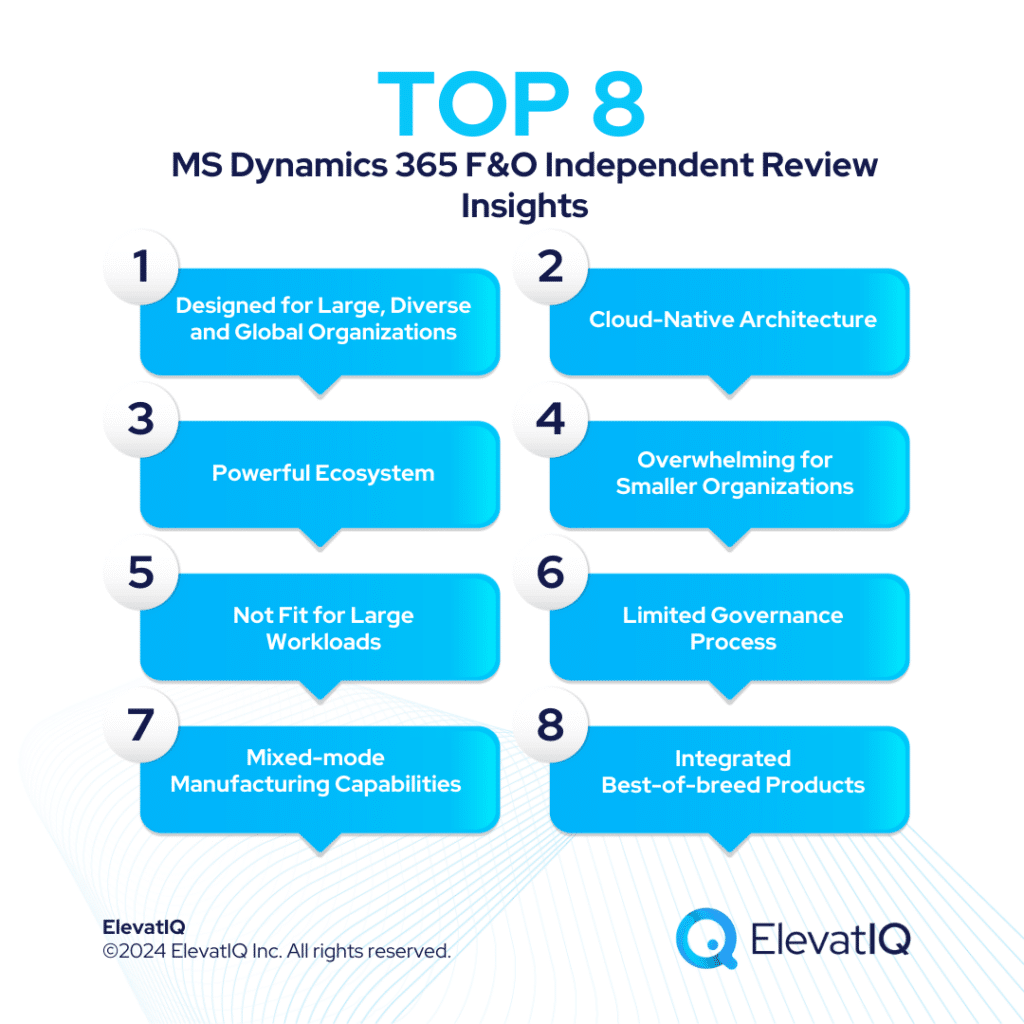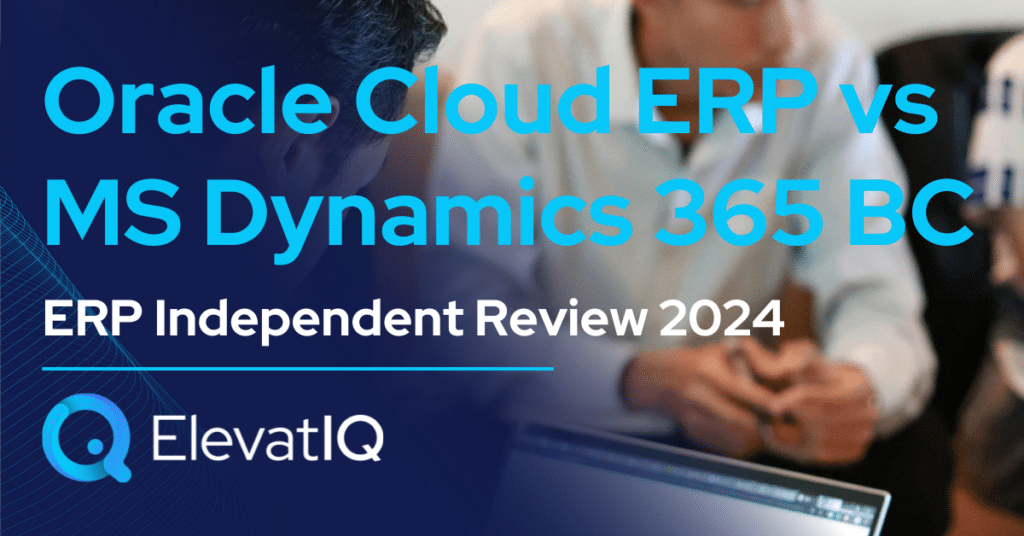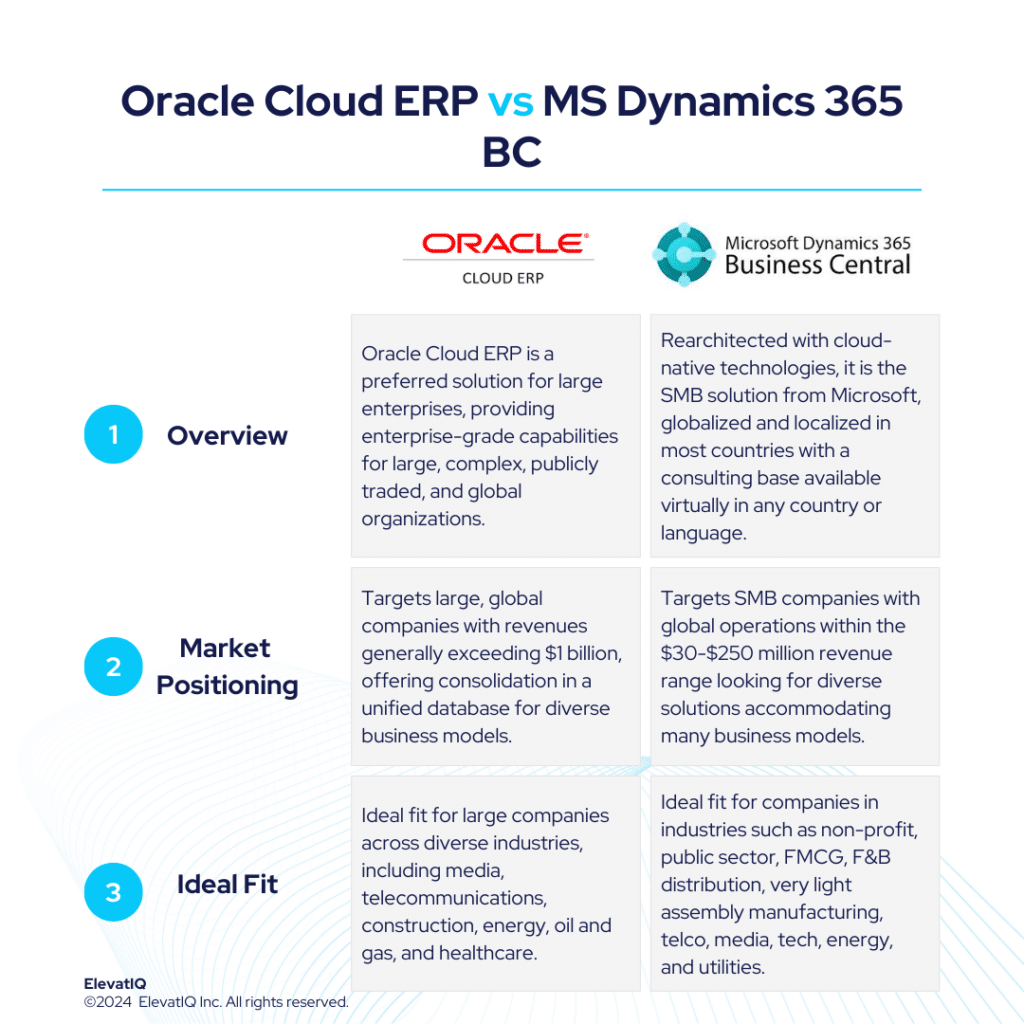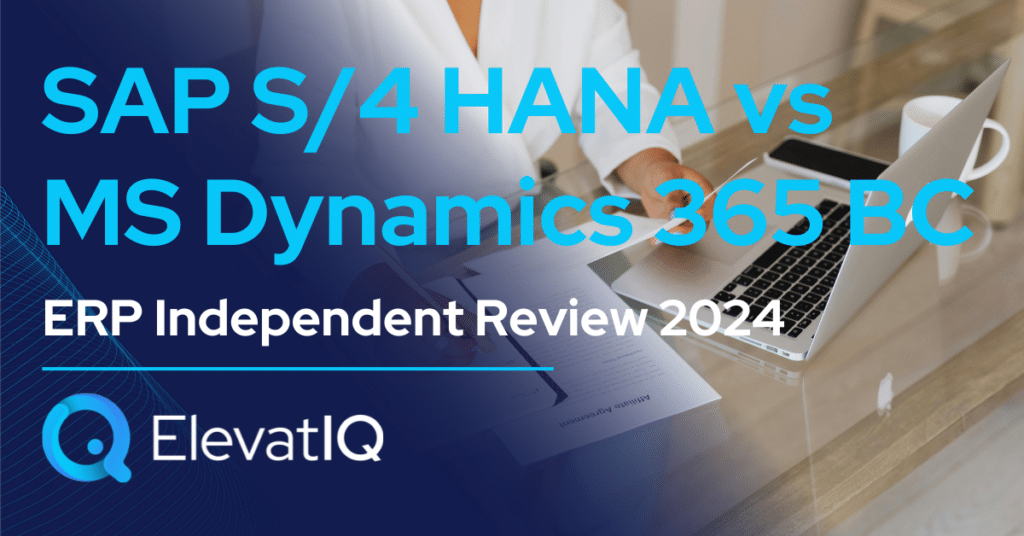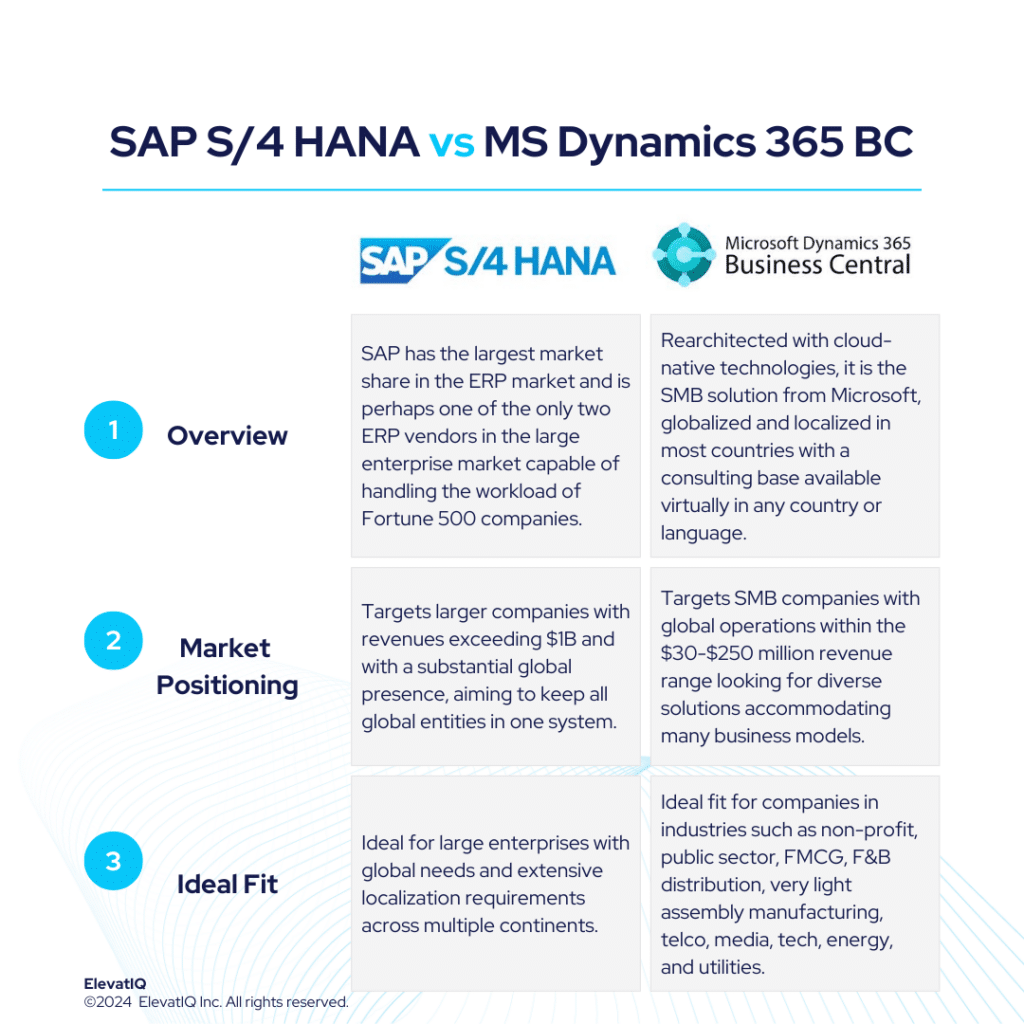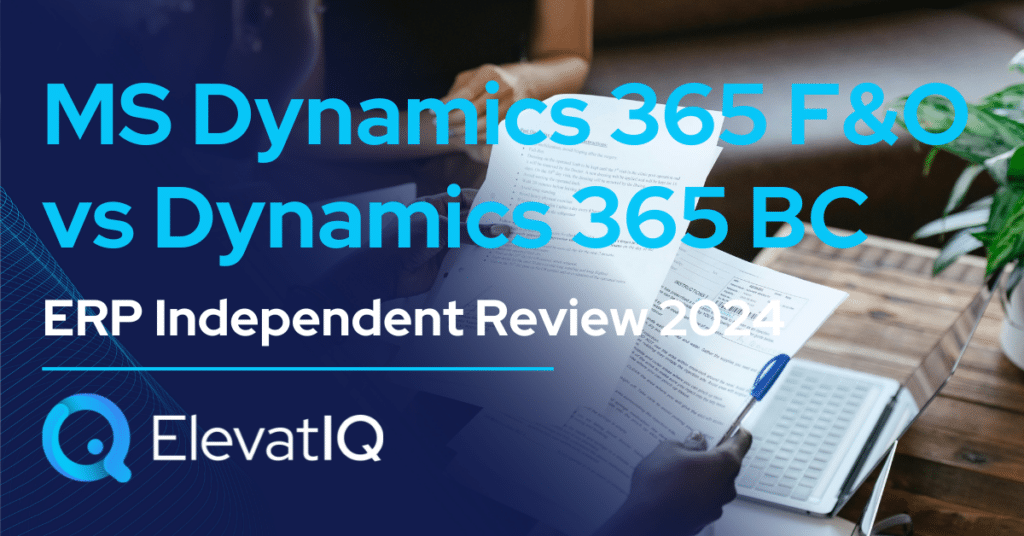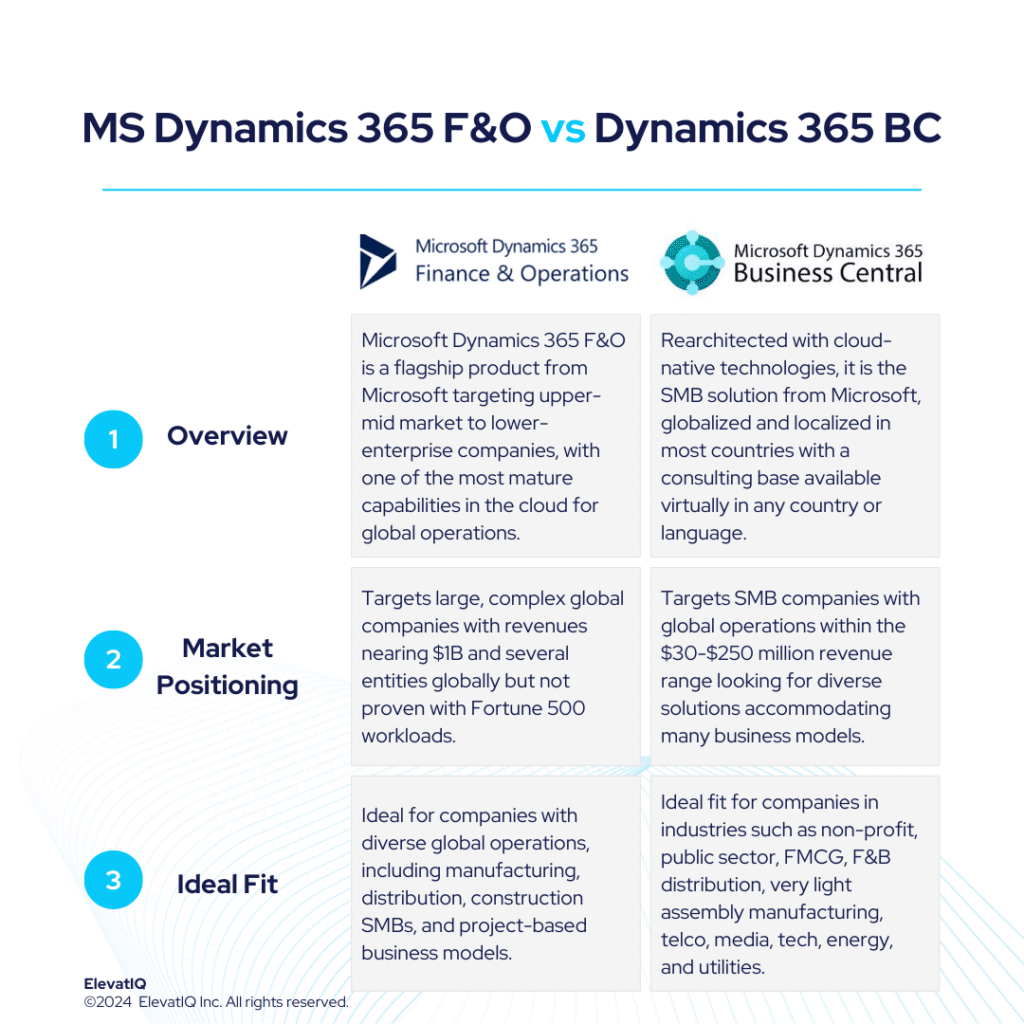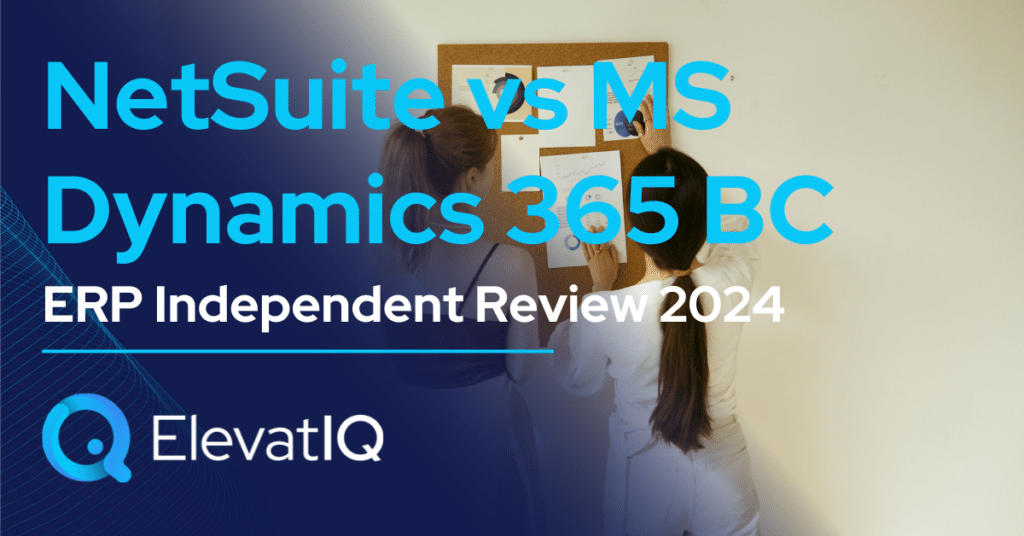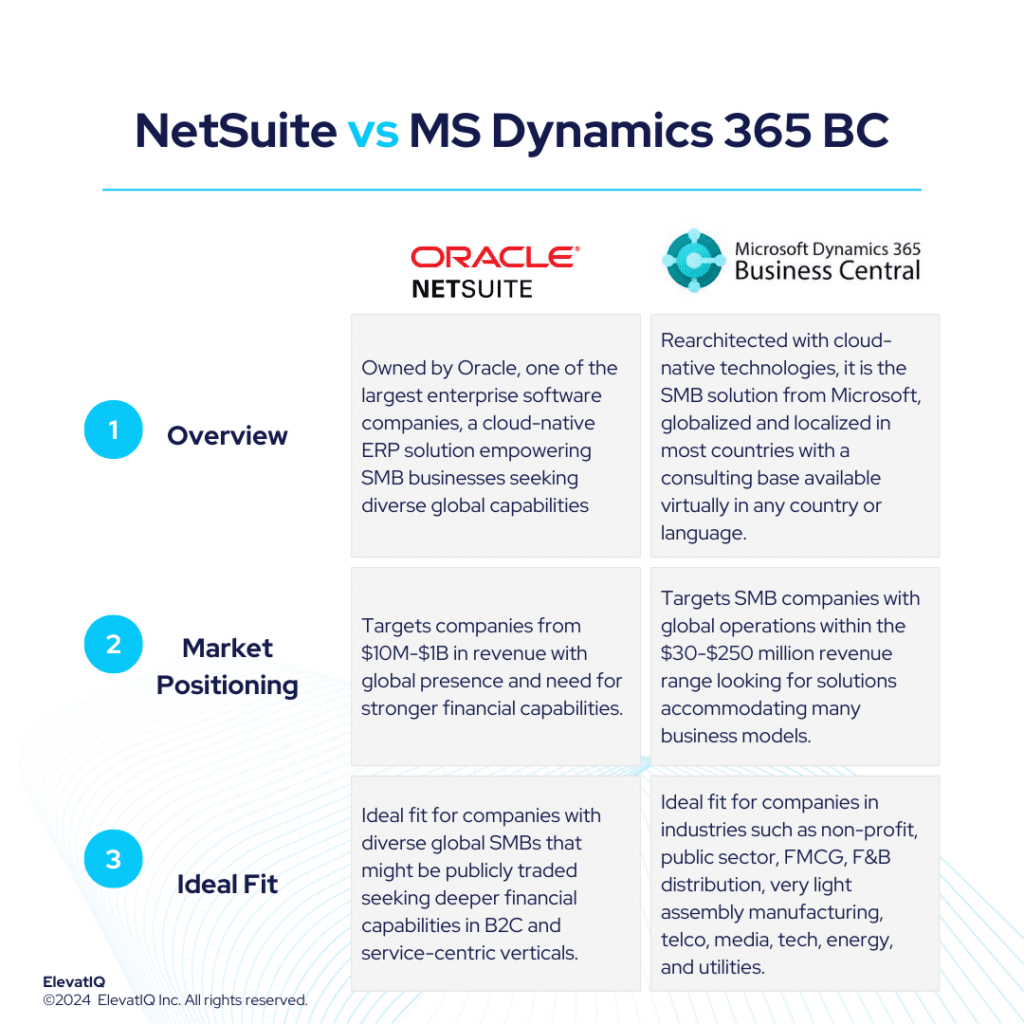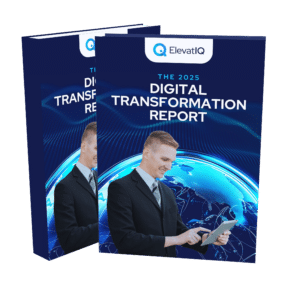HubSpot CRM Independent Review 2024
Integrated CRM Suite focused on upstream marketing. HubSpot CRM is a leading choice particularly for SMB companies consolidating siloed sales and marketing communication and collaboration apps, seeking omnichannel traceability across customer acquisition channels. Whether third-party or natively hosted, HubSpot covers most major customer acquisition channels including email, web, text, and social, HubSpot also has basic capabilities for service-centric use cases, allowing companies to manage their customer service workflows. It’s ideal for B2B companies that are heavily content-driven, and also interested in driving and tracing business and channels through content-centric marketing initiatives. Overall, HubSpot has a comparable CRM suite with leading CRM vendors offering major components such as Sales, Marketing, and Service Cloud.
Comprehensive Yet Limited. Hugely favored by marketers, HubSpot covers several grounds from an upstream marketing perspective; however, companies heavy on operational and transactional use cases for their sales and marketing operations might find it limiting. These use cases are especially common in industries where multiple customer personas may exist, without traditional transactions such as selling a product or service. Overall, companies with depth in operational use cases or CX operations maturity may want to use HubSpot with another transactional CRM such as MS Dynamics 365 CE or Salesforce CRM.
Ideal for Prescriptive Sales Processes. While it allows for some degree of customizability, the capabilities with core and custom objects are substantially restrictive with limitations such as the inability to have true relational parent-child relationships among custom objects, a requirement of primary display property for each custom object, and the inability to rename core objects as per industry nomenclature. Complex use cases would particularly require substantial ad-hoc arrangements, causing user experience issues. Overall, HubSpot is a fit for companies with complex marketing automation needs while simpler with their operational CRM needs.
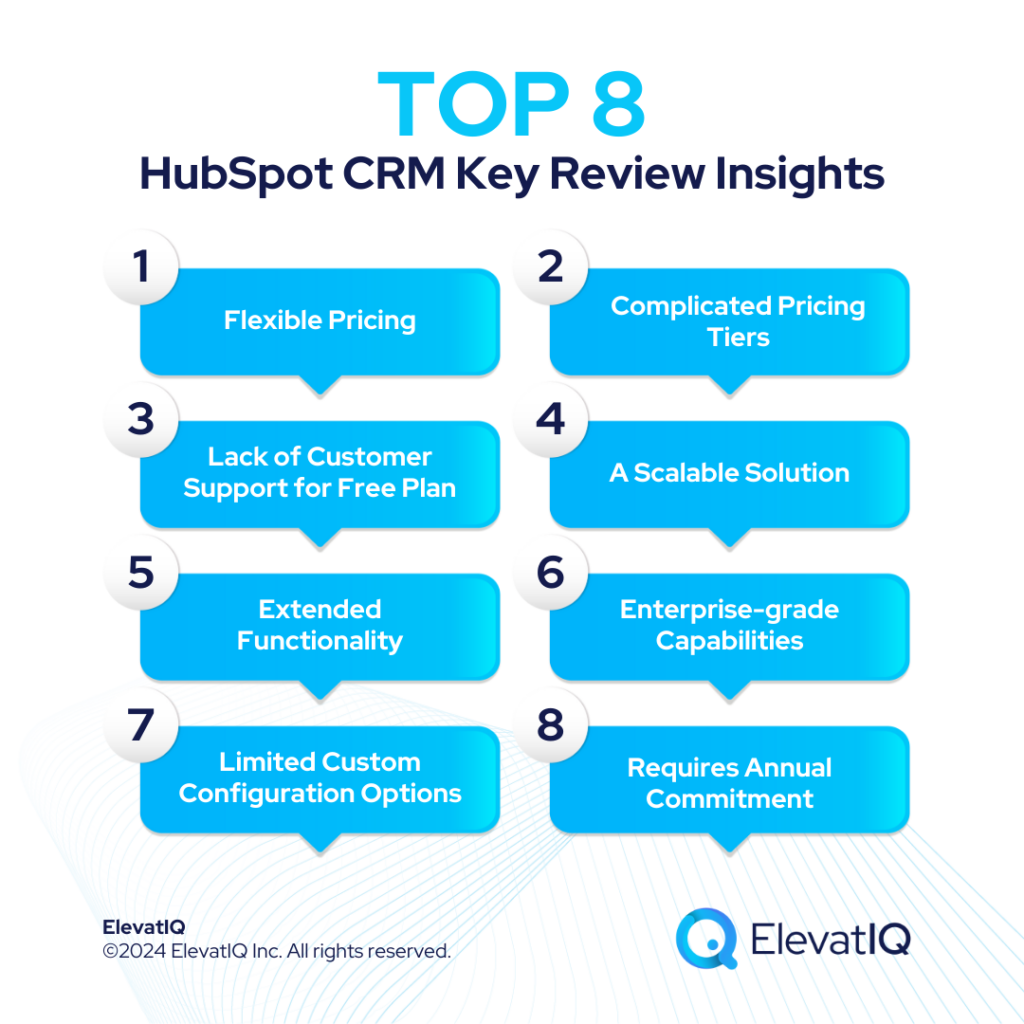

Key Review Insights of HubSpot CRM
1. Flexible Pricing
Although HubSpot provides a much cheaper model for smaller companies, including a free version of CRM, the pricing may be steep for add-ons and features that would otherwise be included with other CRMs in their basic version. HubSpot’s marketing, sales, customer support, and operational hubs start at $45 per month each, while the CMS hub starts at $23 per month. However, significant savings can be achieved by bundling them together. The Starter Bundle, which also includes all the hubs, starts at $30 per month with annual billing.
2. Complicated Pricing Tiers
One of HubSpot’s advantages is its flexible pricing. However, that could also be harder to understand and estimate, potentially confusing. Understanding long-term costs and comparison with competitive offerings might also require the help of a consulting firm expert in software contract negotiation. Just like most SaaS vendors, HubSpot also separates pricing for individual products and product suites. Additionally, within these already complex plans, there are extra costs based on factors such as contact list size or the number of internal users.
3. Lack of Customer Support for Free Plan
Users of the free version have access to the online knowledge base and also HubSpot community. However, running your operations without professional and qualified support might be risky. Unfortunately, HubSpot CRM does not provide live chat support for free plan users, which could also have showcased their award-winning customer support. Free plan subscribers also lack access to email support, leaving them to rely solely on DIY resources. While it’s hard to criticize the lack of customer service when it’s free, it would be beneficial to have more support options than what’s currently available.
4. A Scalable Solution
The CMS, workflow engine, and marketing automation use cases particularly scale pretty well. It also has fairly robust reporting capabilities, allowing you to trace your entire marketing funnel. The list views could also accommodate multiple views, and the playbooks could include the custom sales process. The forms can particularly help in gathering data from multiple customer personas across channel types. Unlike smaller marketing automation solutions that might be limited with their bundle offerings, with limited layers for workflow and webhooks, HubSpot is comprehensive and scalable for marketing automation use cases.
5. Extended Functionality
HubSpot CRM is powerful on its own but also integrates well with other business apps and tools. This allows you to enhance the platform’s functionality with over 1,400 applications. These integrations are especially friendly for upstream marketing use cases where leads must be captured inside the CRM automatically based on criteria and a workflow must be triggered to automatically nurture prospects. Popular integrations particularly include Gmail, Google Calendar, Facebook Ads, Zoom, Slack, Canva, Eventbrite, Shopify, Stripe, and SurveyMonkey. You can explore the HubSpot Marketplace to find apps across various categories, such as workflow integrations, marketing, productivity, finance, and more.
6. Enterprise-grade Capabilities
While HubSpot offers one of the best and most well-known free CRMs on the market, it may not meet the needs of larger organizations. These enterprises would require a slightly more scalable data and process model, generally included with other leading CRMs such as Salesforce. The enterprise-grade capabilities would also require seamless movement of changes across environments, which is a known limitation with HubSpot. Changes from staging to production must be promoted manually, particularly posing maintenance and scalability issues with larger organizations with relatively custom requirements.
7. Limited Custom Configuration Options
While HubSpot is fairly scalable for the marketing automation function, the data and process model is not scalable for other operational use cases. The core and custom objects both have substantial limitations. While they expose webhooks to include external logic as part of their workflows, the workflow’s design is primarily to chain relatively asynchronous operations such as marketing automation use cases, or actions taken based on lead registration.
They are not as suitable for transactional use cases with synchronous user interactions such as maintaining complex calculations branching to several error events, requiring user feedback. The kind of use cases that would be applicable for sales comp maintenance or maintaining customer experience workflows around assets that may be part of the sales cycle such as buildings, residents, or patients, etc. These use cases would be especially relevant for industries such as non-profit, public sector, insurance, or financial services
8. Requires Annual Commitment
If you’re signing up for a paid HubSpot subscription, you’re committing to at least a year, even with monthly billing. Like many CRM solutions, HubSpot also offers a discount for paying annually in advance. However, the monthly billing cycle still requires an annual contract, meaning you’re not paying for the year upfront. If you decide HubSpot isn’t right for your business after three months, you’ll still need to pay the remainder of your contract.
Key Features of HubSpot CRM
Marketing Hub
HubSpot’s marketing software enables you to attract and convert. Specifically, it helps attract the right audience, convert visitors into customers, and run complete inbound marketing campaigns efficiently and cost-effectively. With the HubSpot Marketing Hub, you’ll have all your marketing tools and data in one place. You can publish blogs, build your search authority, track and manage ads, oversee social media channels, create effective landing pages, and also monitor your progress. It’s a comprehensive solution for all your marketing needs.
| Plans | Price | Marketing Contacts | Seats | Additional Seats |
| Free Tools | $0 | N/A | N/A | N/A |
| Marketing Hub Starter | $15/month/seat | 1000 | N/A | N/A |
| Starter Customer Platform | $15/month/seat | 1000 | N/A | N/A |
| Marketing Hub Professional | $800/month | 2000 | 3 | Starts at $50/month |
| Marketing Hub Enterprise | $3600/month | 10000 | 5 | Starts at $75/month |
Sales Hub
HubSpot’s sales software is particularly designed to help your teams close more deals, build stronger relationships, and manage their pipeline efficiently. With features like email templates, email tracking, and call recording, you can build stronger customer connections. HubSpot also helps your team deliver a cohesive message, and you can equip them with branded quotes and sales management playbooks for clarity on next steps. HubSpot’s Sales Hub allows you to:
- Enable prospects to schedule appointments that sync automatically with your calendar
- Automate your sales process with a personal touch
- Direct live chat conversations to the appropriate salesperson for better customer relationships
- Manage your pipeline with a single click, ensuring no important deals are missed
| Plans | Price |
| Free Tools | $0 |
| Sales Hub Starter | $20/month/seat |
| Starter Customer Platform | $20/month/seat |
| Sales Hub Professional | $100/month/seat |
| Sales Hub Enterprise | $150/month/seat |
Service Hub
Once your team is operating efficiently, it’s time to focus on customer satisfaction. This means not just converting prospects but genuinely focusing on their needs. The Service Hub allows you to:
- Create a sophisticated help desk and ticket automation system
- Build a detailed online knowledge base for customer self-service
- Utilize smart live chat that directs customers to the right place and people
- Integrate team emails, live chat, Facebook Messenger, and more into a universal inbox for complete communication visibility
| Plan | Prices |
| Free Tools | $0 |
| Service Hub Starter | $20/month/seat |
| Starter Customer Platform | $20/month/seat |
| Service Hub Professional | $100/month/seat |
| Service Hub Enterprise | $130/month/seat |
Content Hub
Content Hub offers a range of features particularly designed to simplify and elevate your content creation efforts. Centralizing your content management, and also providing your team with easy access to the latest assets and ensuring a cohesive content strategy across all channels. Some of the features are:
- Generate multiple content formats from a single blog post with the content remix
- Streamline website development and blog post creation with a scalable CMS and AI blog writer
- Capture leads with lead capture and automate content creation and reporting with HubSpot AI
- Optimize performance and drive growth with SEO recommendations and advanced analytics and reporting
| Plan | Price | Seats | Additional Seats |
| Free Tools | $0 | N/A | N/A |
| Content Hub Starter | $20/month/seat | N/A | N/A |
| Starter Customer Platform | $20/month/seat | N/A | N/A |
| Content Hub Professional | $500/month | 3 | Starts at $50/month |
| Content Hub Enterprise | $1500/month | 5 | Starts at $75/month |
Pros and Cons of HubSpot CRM
| Pros | Cons |
| The platform itself is intuitive and easy to use. | No true parent-child relationship with custom objects inside HubSpot. |
| Many free tools are available for new business owners. | The free plan is substantially limited with a substantial price increase for advanced features. |
| AI-powered writing tools are available to improve marketing and sales efforts. | It gets expensive very quickly which might not fit the budget for small businesses. |
| Seamless integration with other HubSpot hubs. | The industry-specific integrations might be limited such as integration with emergency communication platforms requiring CAP compliance or SOS. These integrations are especially relevant to industries with facilities such as non-profit or public sector, limiting the omnichannel traceability and the use of HubSpot native marketing automation engine. |
| Detailed HubSpot support and community resources are available to navigate through the CRM. | The mobile application is inefficient in tracking the status of customer requests. |
Conclusion
HubSpot CRM stands out as a comprehensive solution particularly for small to mid-sized businesses seeking streamlined integration of customer-centric workflows. With its emphasis on sales, service, CMS, and also marketing automation, HubSpot offers a user-friendly platform that can be tailored to meet the unique needs of various industries. While it may not offer the depth of functionalities found in certain other CRM systems like Salesforce, its adaptability, and versatility prove advantageous, especially for content-focused B2B companies requiring centralized management of digital marketing and sales channels. However, organizations unfamiliar with robust data and process governance may face challenges in leveraging HubSpot’s full potential.
Despite its flexible pricing options and free tools, HubSpot’s pricing tiers can be complex and overwhelming for some users, potentially leading them to opt for the free plan or seek alternatives. The absence of live chat support for free plan users and limited customization options may also deter potential customers. Nevertheless, HubSpot’s seamless integration with other business tools, an extensive marketplace of integrations, and robust customer support resources make it a compelling choice for businesses looking to streamline their operations and drive growth. Companies may also benefit from consulting an independent CRM consultant who can provide valuable insights and assessments to determine if HubSpot CRM aligns seamlessly with their organizational requirements.

FAQs
HubSpot CRM Independent Review 2024 Read More »

